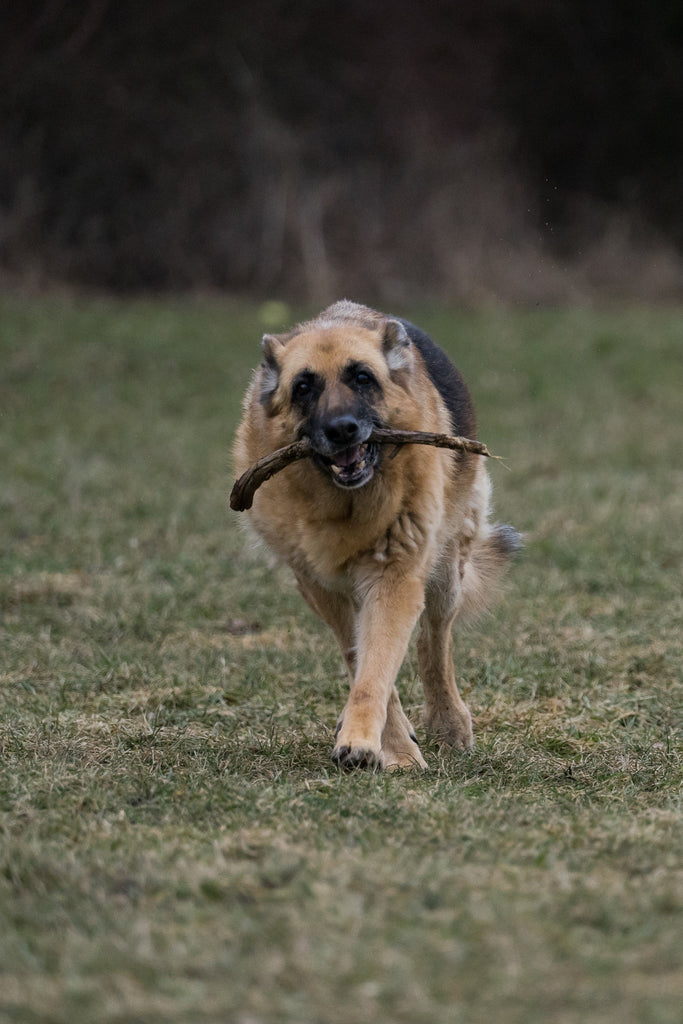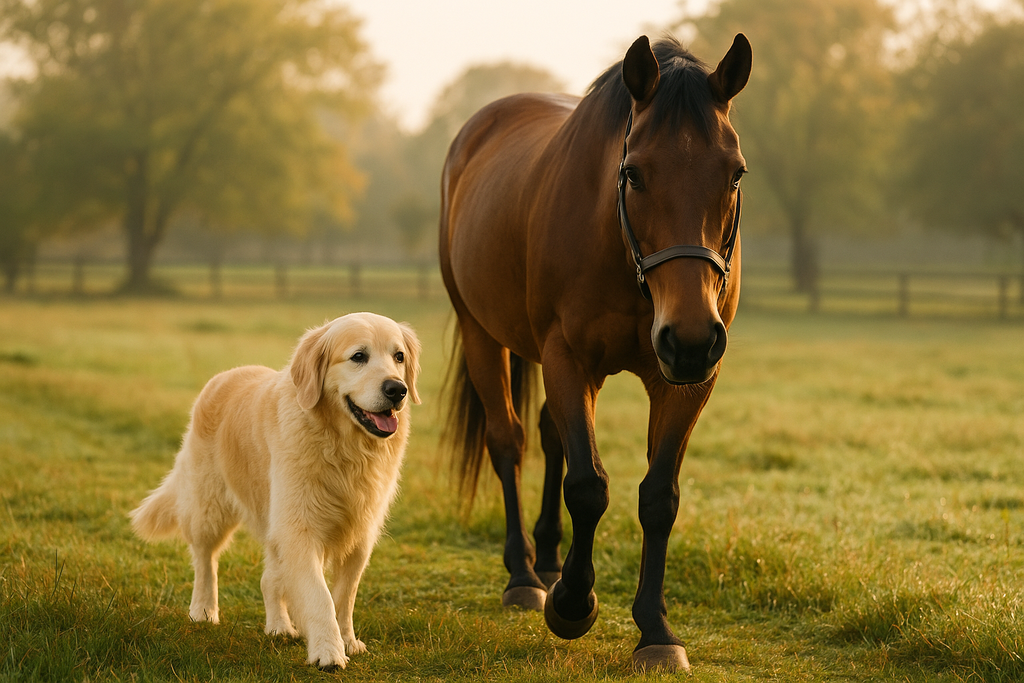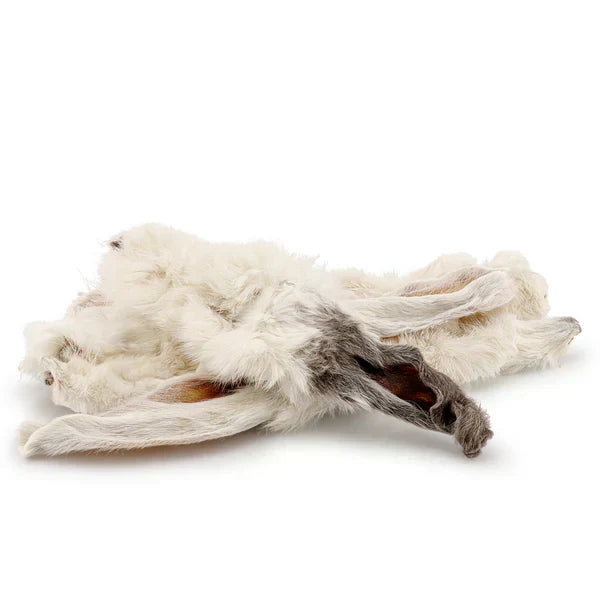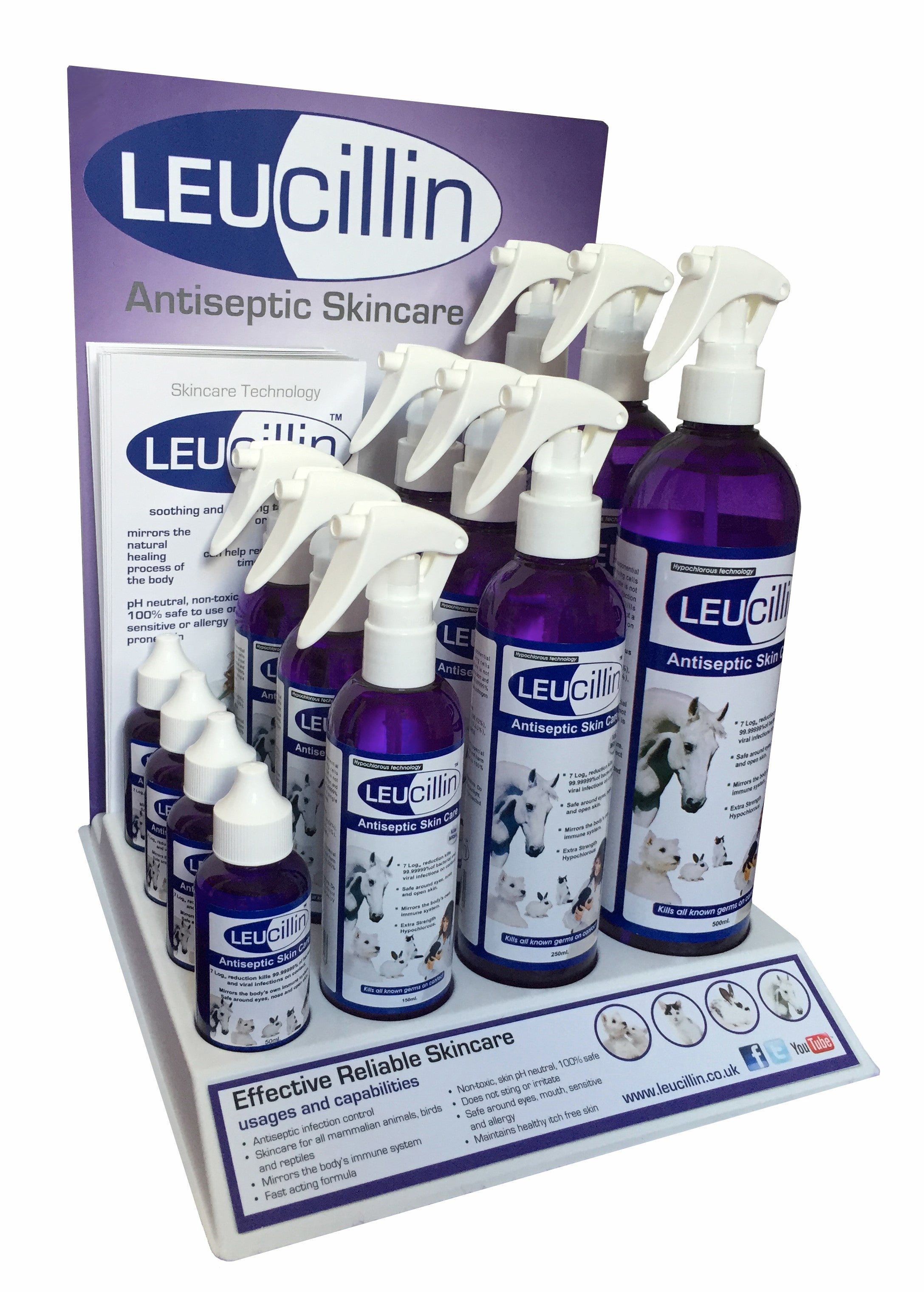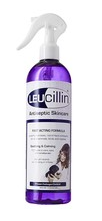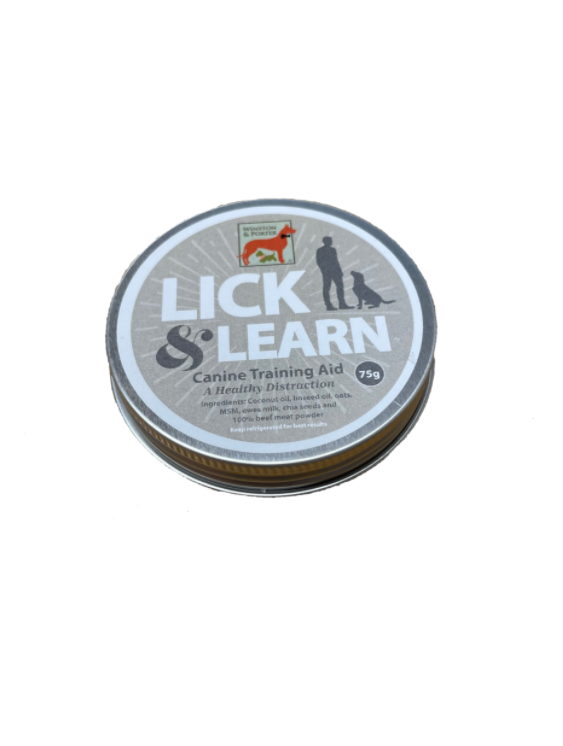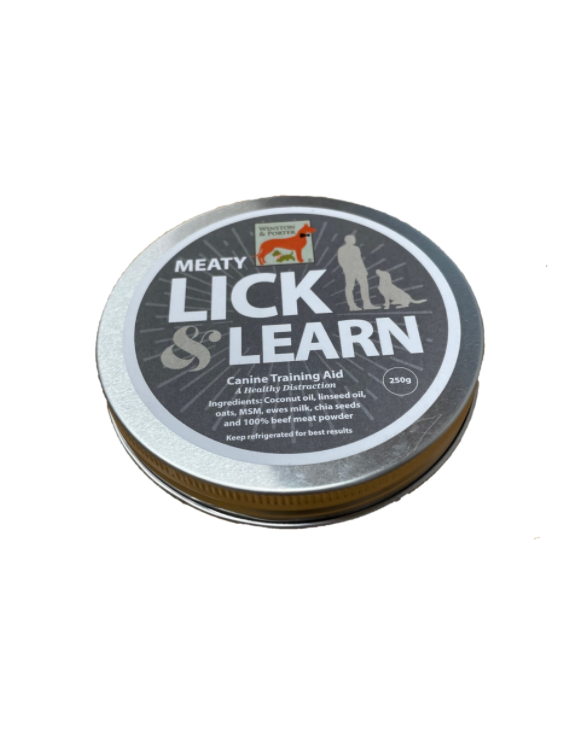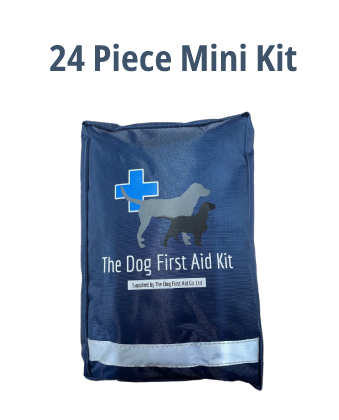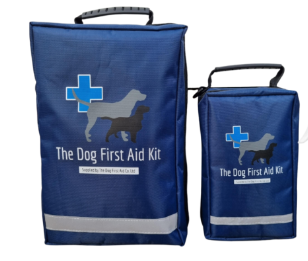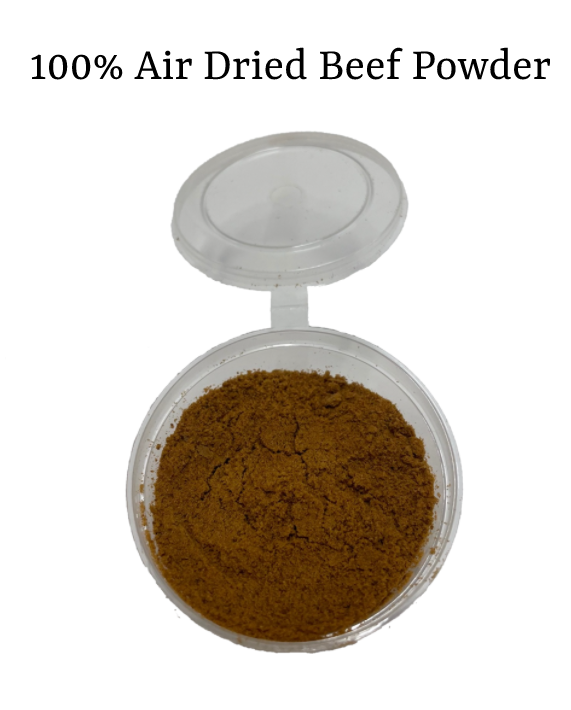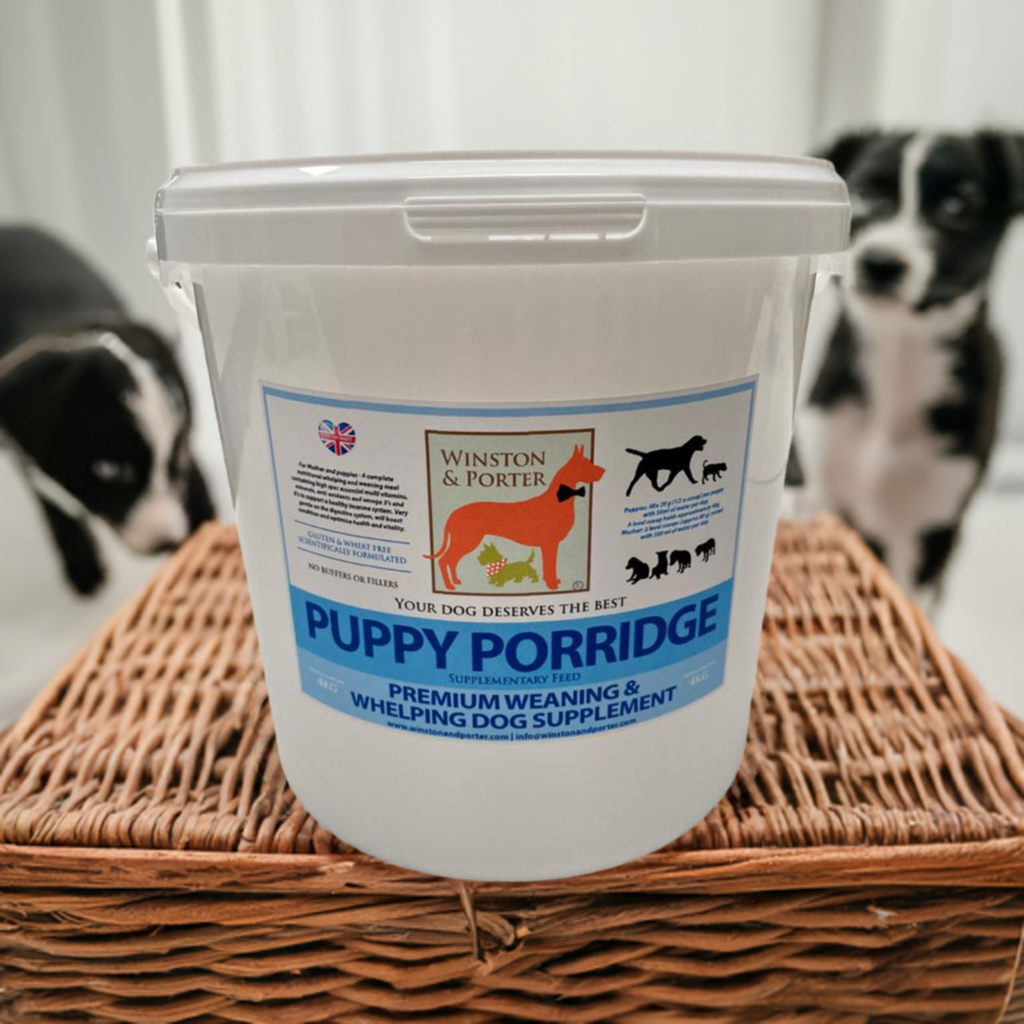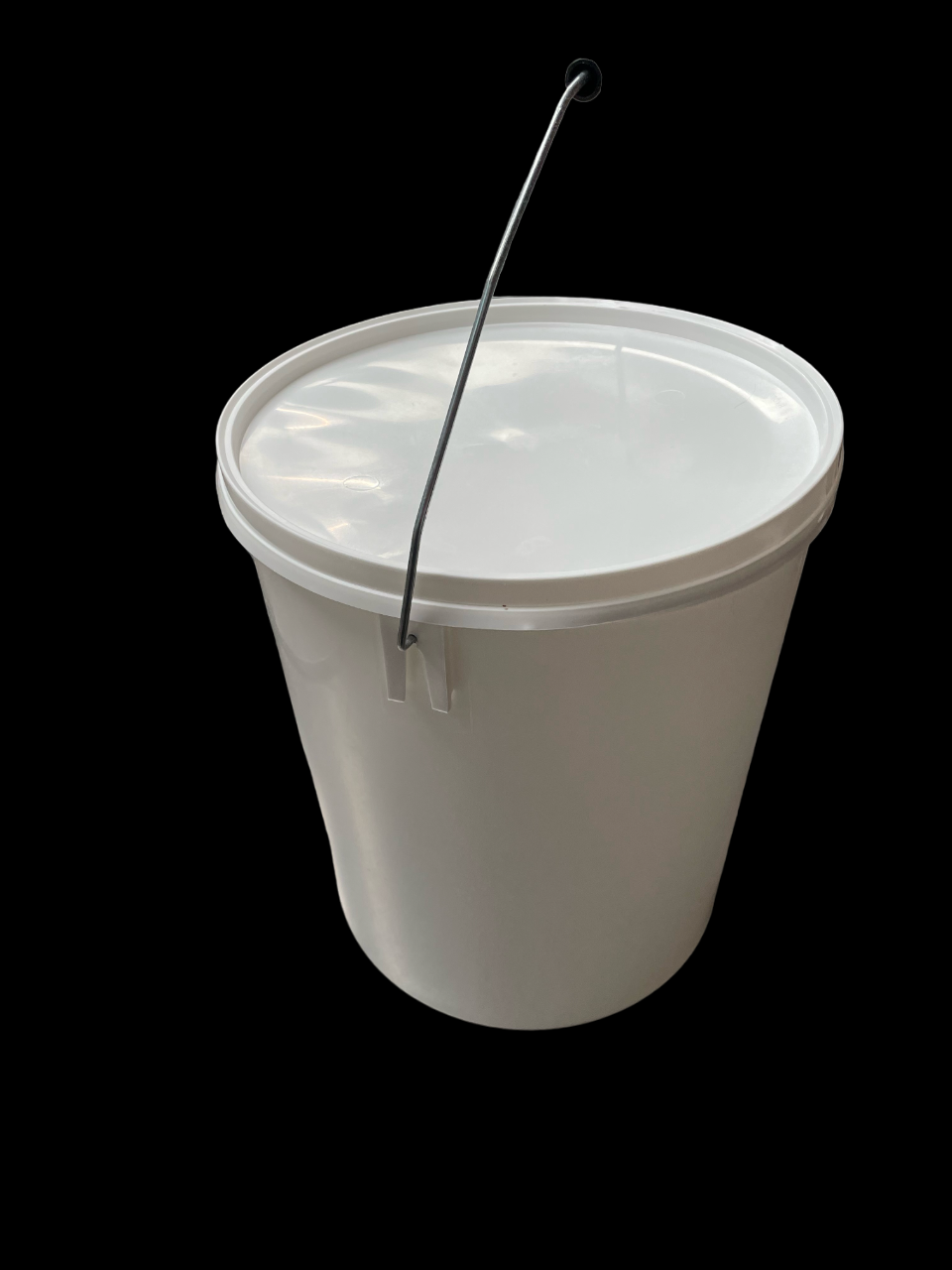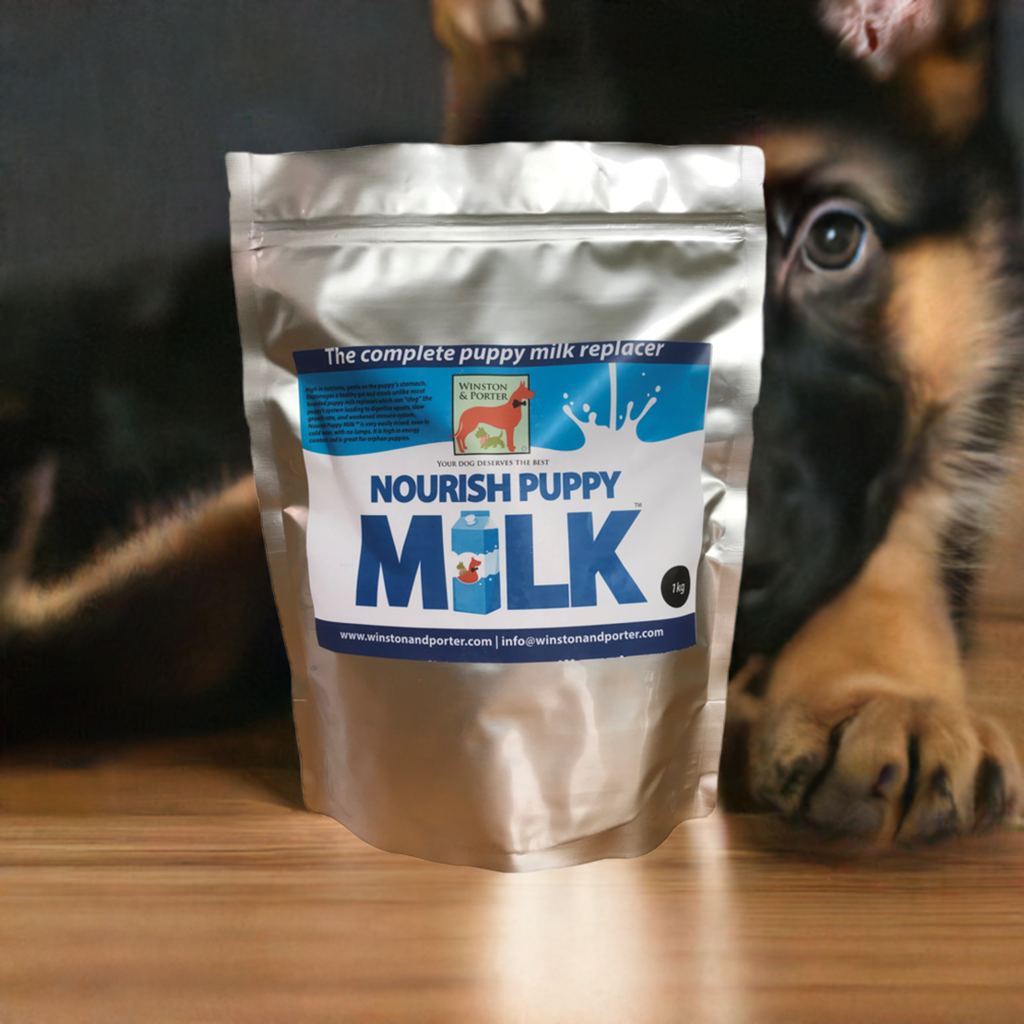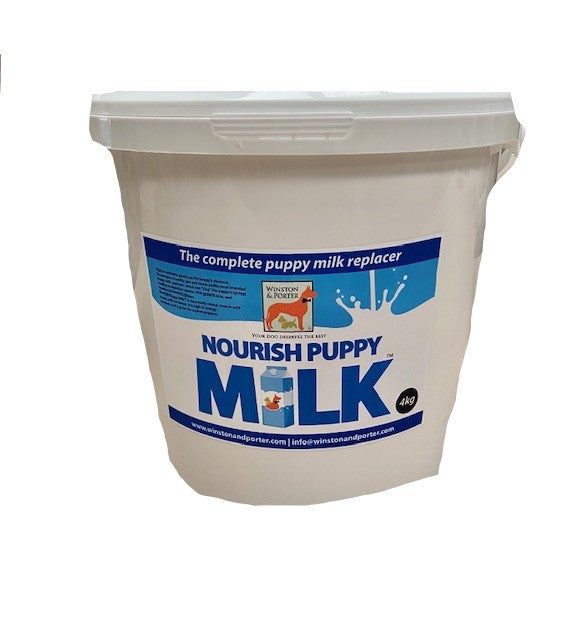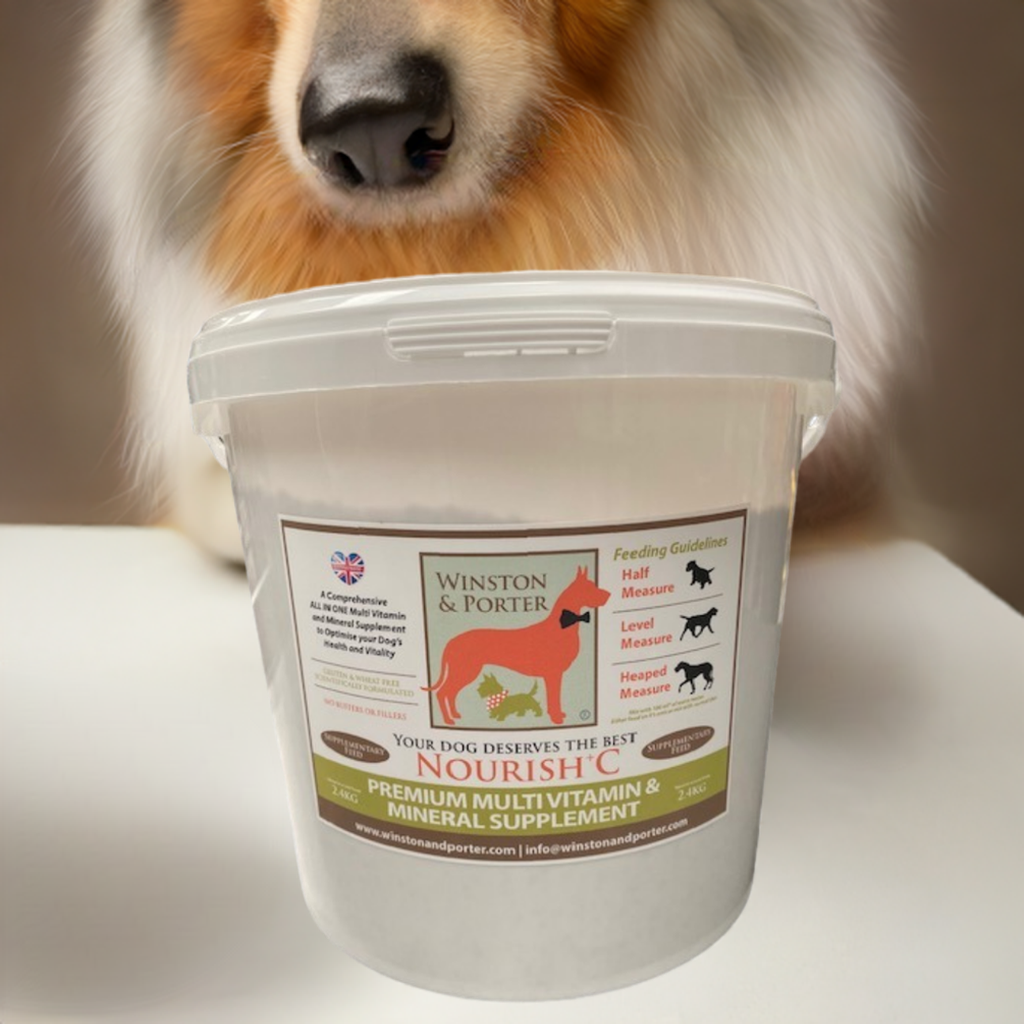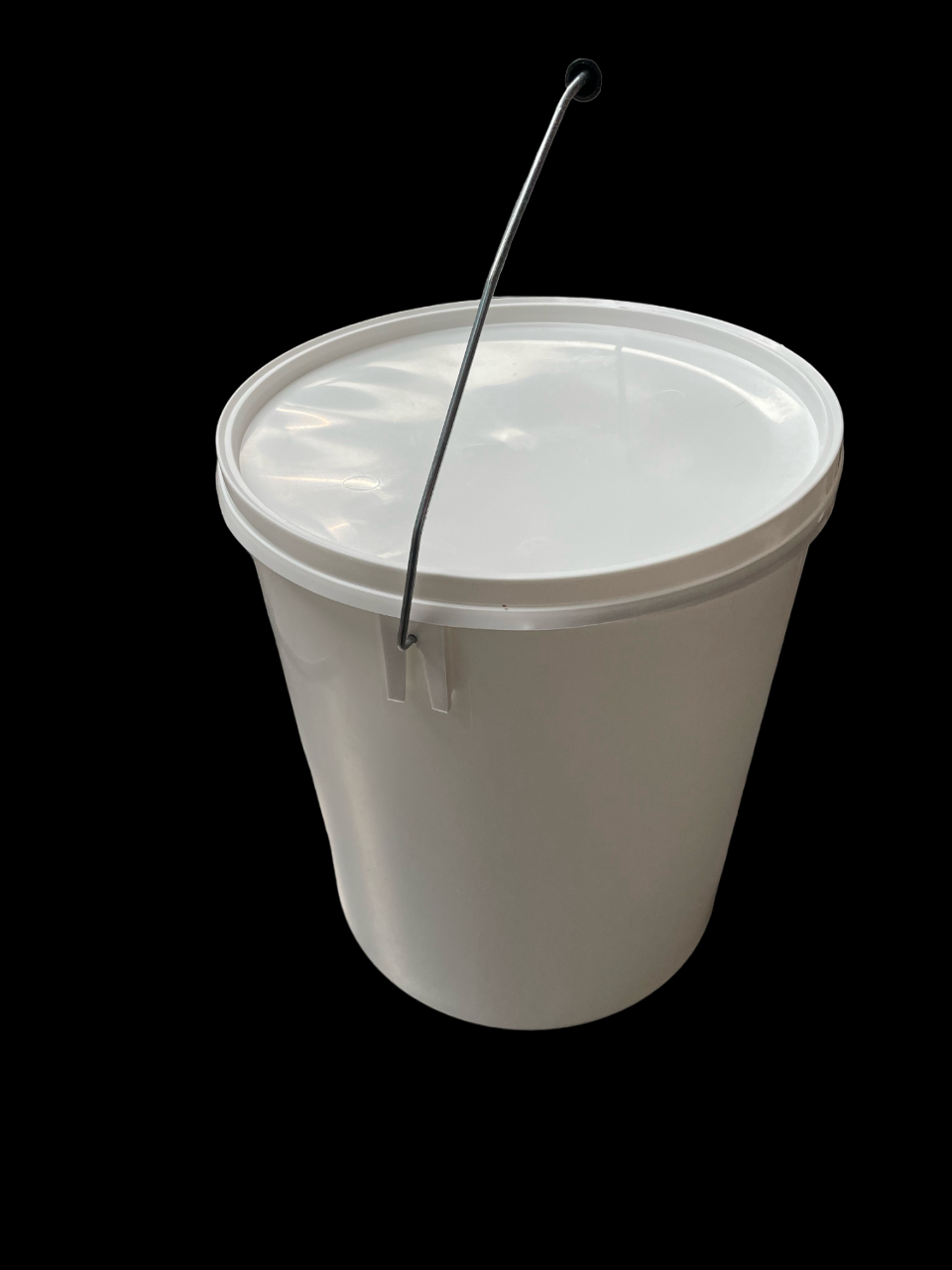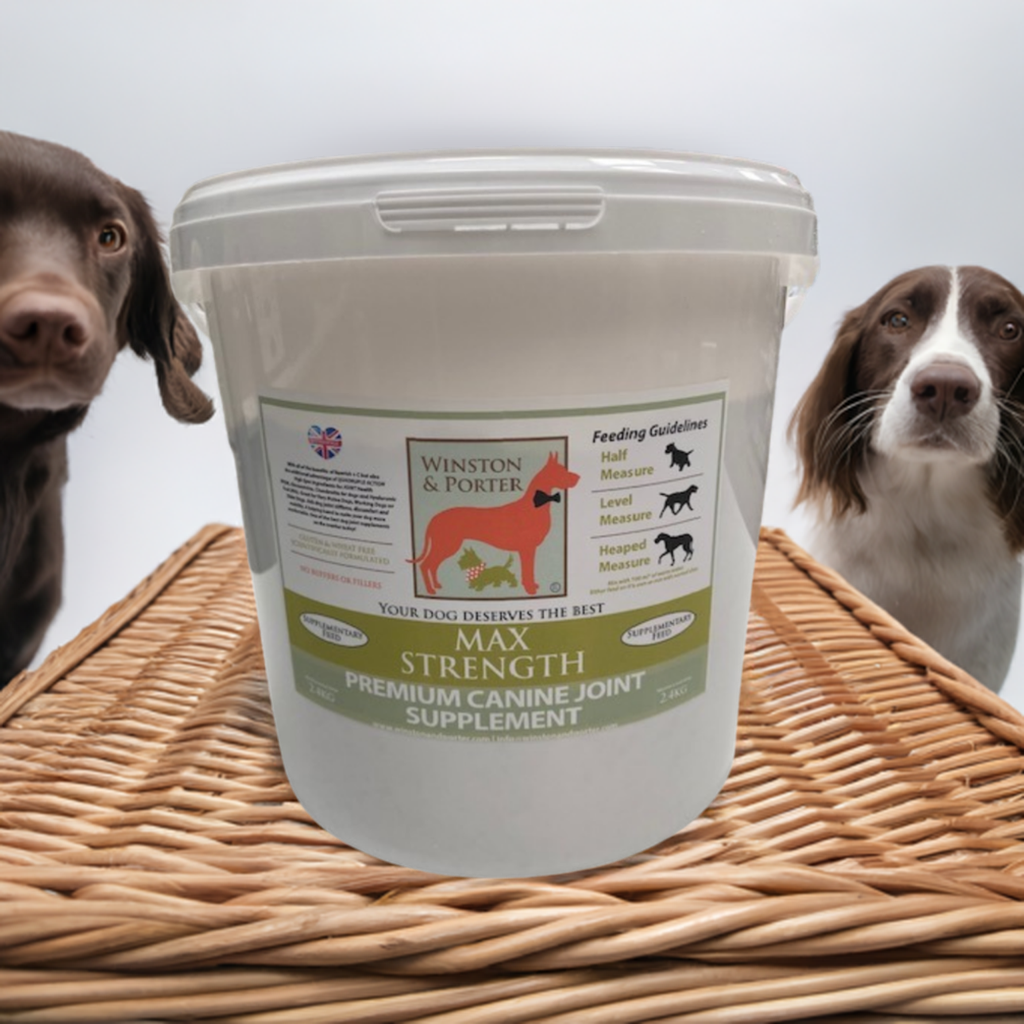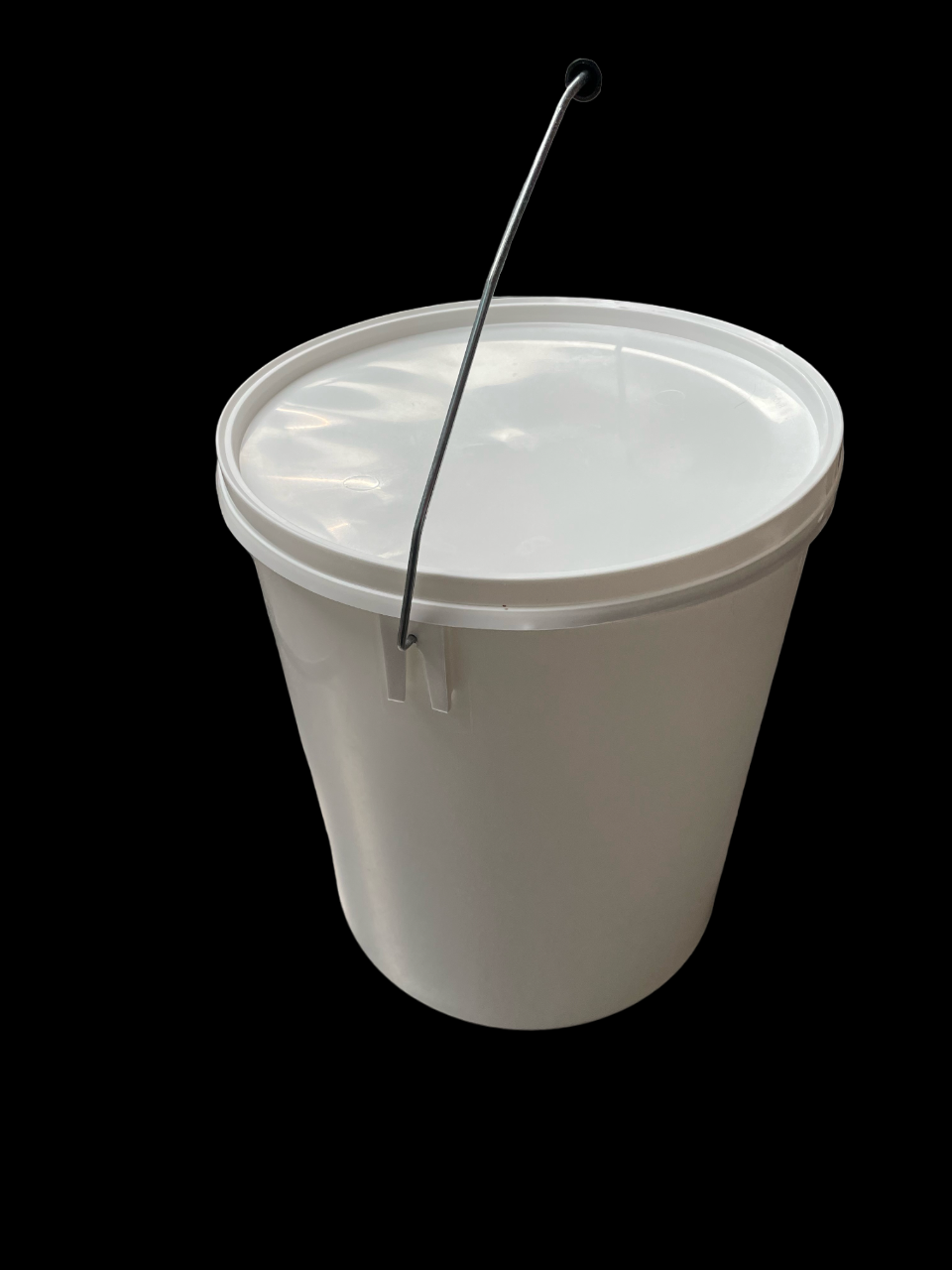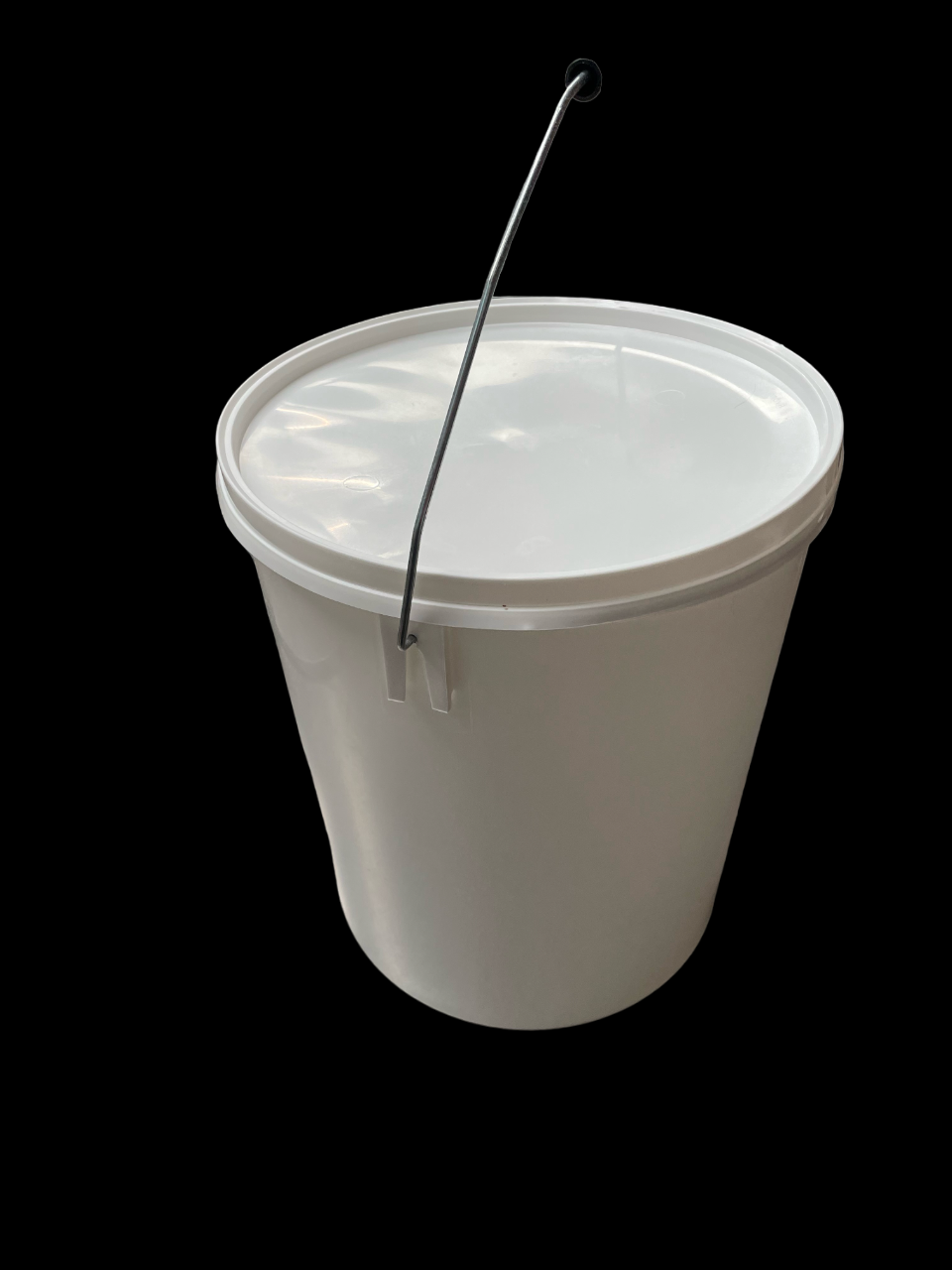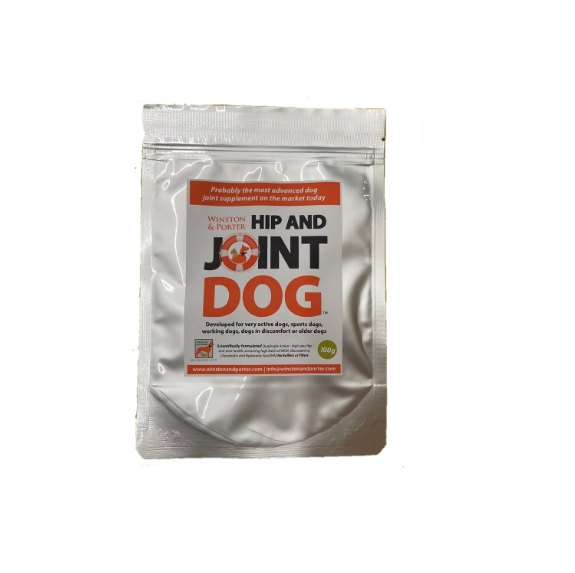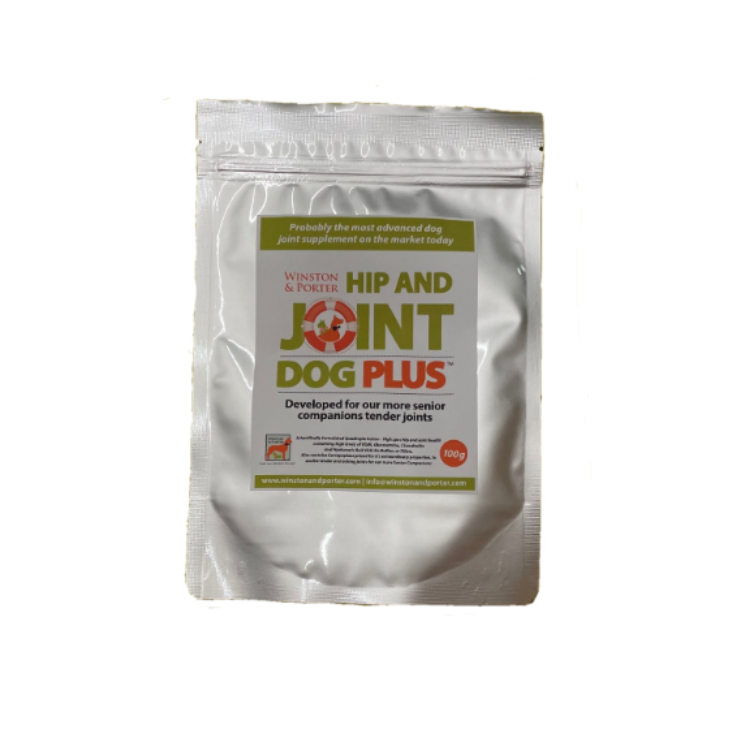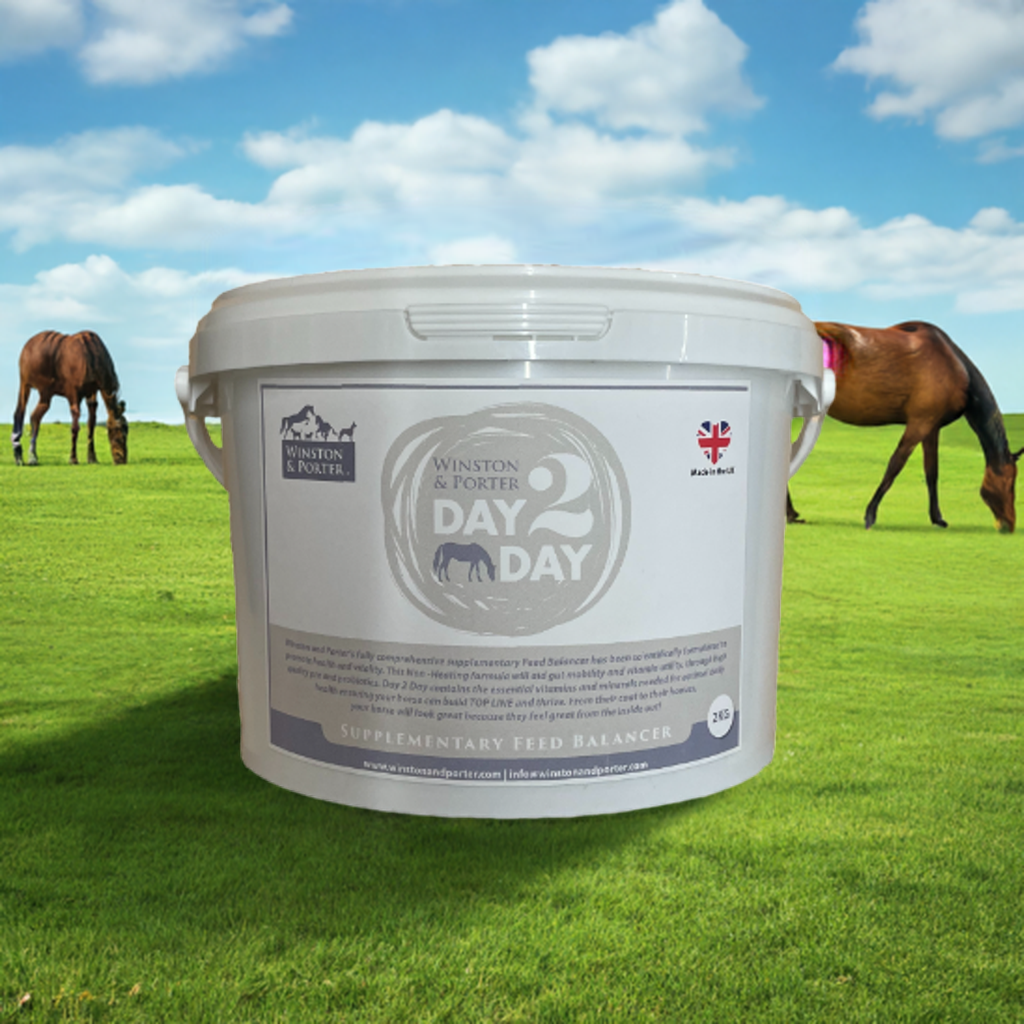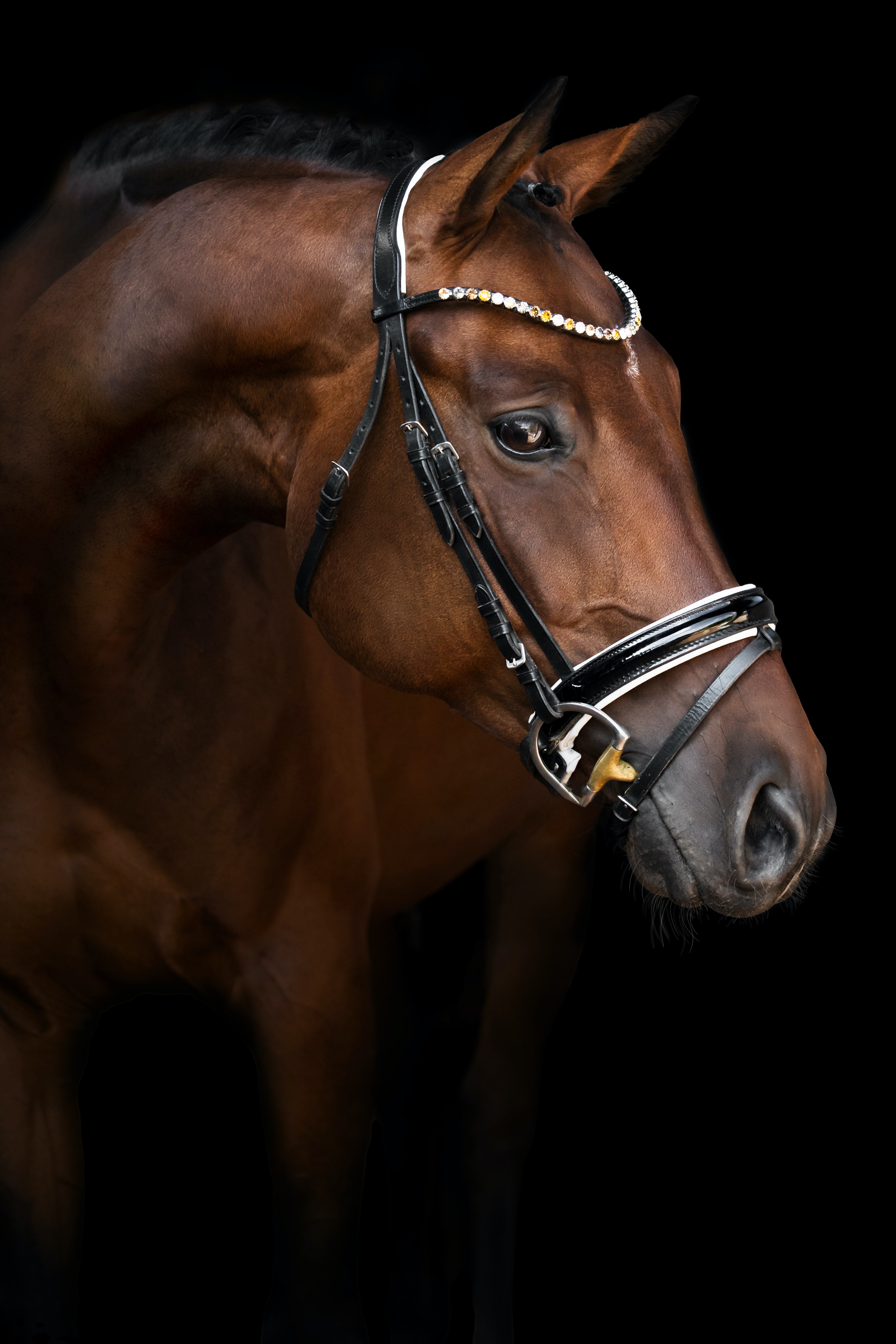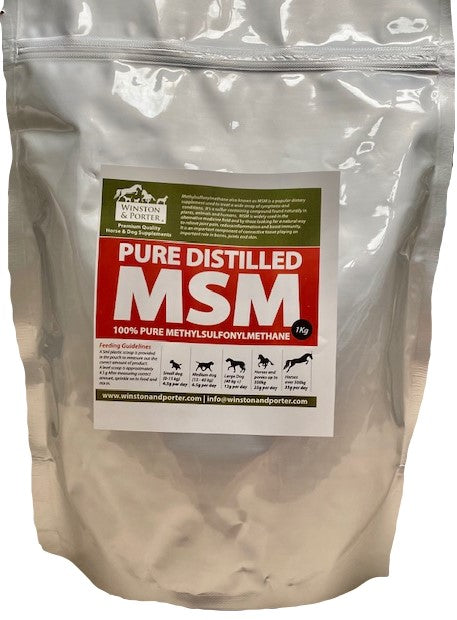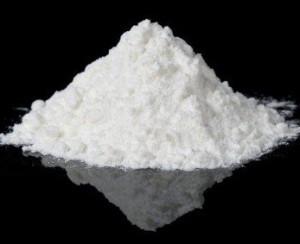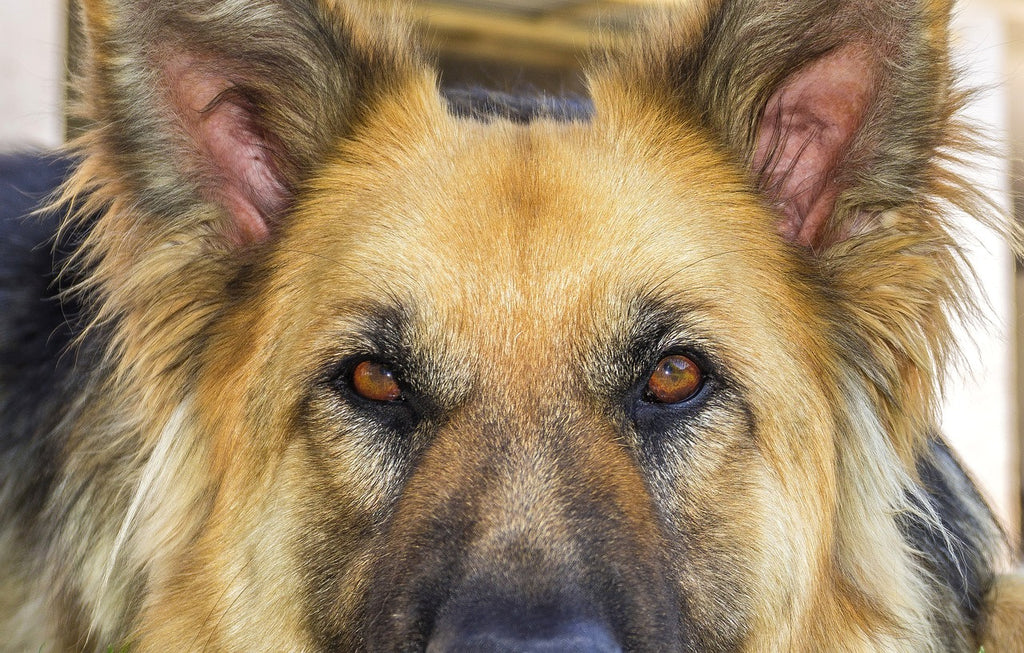
7 Fun Facts About Dog Eyelids

Dogs are known for their expressive eyes and adorable puppy dog stares. But have you ever wondered about their eyelids? Here are some fun facts about dog eyelids that you might not know!

- Multiple Eyelids: Unlike humans who have only two eyelids, dogs actually have three. In addition to the upper and lower eyelids, dogs have an extra protective layer called the third eyelid, or haw. This thin and translucent membrane is located in the inner corner of their eyes and can sometimes be seen partially covering the eye. Its purpose is to protect the dog's eyes from dirt, debris, and potential damage.
-
The Nictitating Membrane: The third eyelid is officially called the nictitating membrane, and it serves a vital function in a dog's visual health. Not only does it provide an additional layer of protection, but it also produces tears that help moisturise the eye and remove any foreign particles. You might notice the nictitating membrane in action when your dog is sleeping or waking up, as it moves from side to side, sweeping across the eyes.
-
Breed Variations: While all dogs have three eyelids, there can be variations in how visible the third eyelid is between different breeds. Some breeds, such as Newfoundlands and Saint Bernards, have more prominent third eyelids due to their genetic predisposition. On the other hand, smaller breeds like Chihuahuas might have less visible third eyelids. The size and shape of the eyes can also affect the visibility of the nictitating membrane.
-
Normal Eye Discharge: You might have noticed that your dog occasionally has a small amount of discharge or "eye boogers" in the corners of their eyes. This is completely normal and is a sign that the third eyelid is doing its job by collecting and removing debris. However, if your dog's eye discharge is excessive, yellowish or greenish in colour, or accompanied by redness or swelling, it may indicate an underlying eye infection or other health issue. In such cases, it is best to consult with a vet.
-
No Need for Eyelashes: Another interesting fact about dog eyelids is that they lack eyelashes, unlike humans. While eyelashes serve the purpose of protecting the eyes from debris, dogs rely on their nictitating membrane and eyelids for this function. Their eyes are naturally well-equipped to shield against dust, dirt, and other irritants.
-
Age-Related Changes: Just like humans, dogs can experience age-related changes in their eyes, including their eyelids. As dogs grow older, the elasticity of their eyelid tissues may decrease, causing drooping or sagging. This condition, called ptosis, can sometimes obstruct the vision. Regular eye examinations and proper care are essential to identify and address any age-related changes in a dog's eyelids.
-
Sensitivity to Light: Dogs' eyelids also help protect their eyes from excessive light exposure. The nictitating membrane can act as a sun visor, filtering out harmful UV rays. However, it's important to note that dogs can still be sensitive to bright light, especially those with lighter-colored eyes. Providing shade or using protective eyewear for dogs can help prevent eye discomfort and damage caused by intense sunlight.

In conclusion, dog eyelids are not only an adorable aspect of their appearance but also play a crucial role in protecting their eyes. Understanding these fun facts about dog eyelids can help pet owners take better care of their furry friends' visual health. Next time you look into your dog's eyes, appreciate the amazing engineering and unique features of their eyelids


